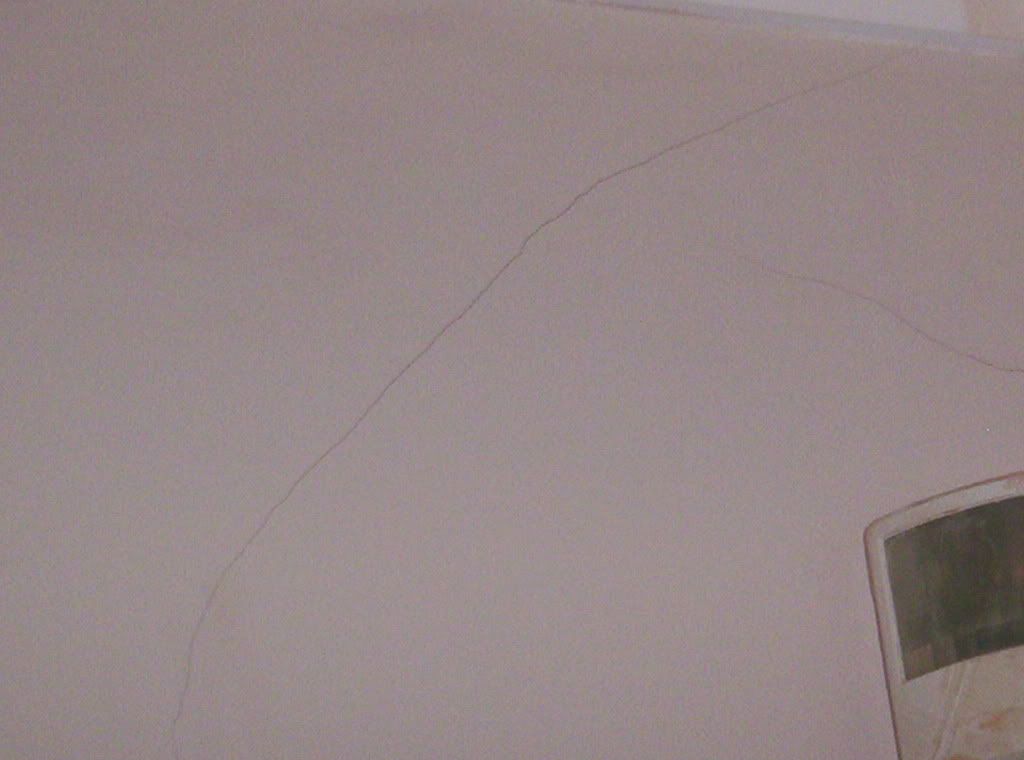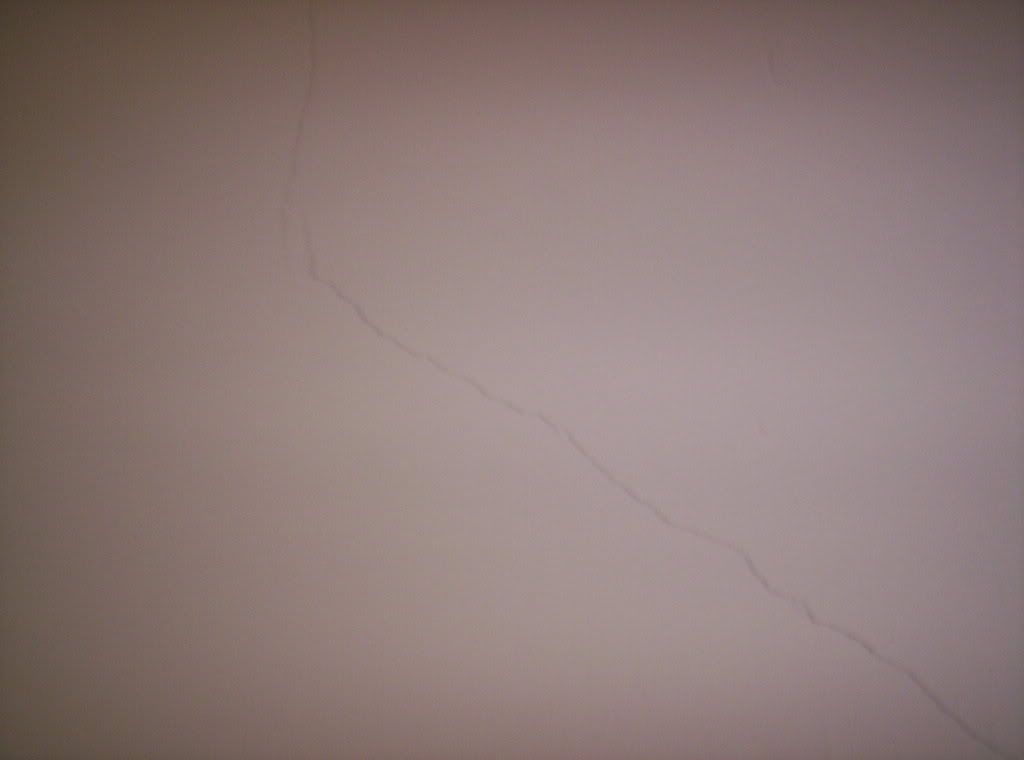- Joined
- 31 Dec 2007
- Messages
- 109
- Reaction score
- 0
- Country

Hi,
Recently I've noticed some cracks in our plaster. See pics.
Are these just cosmetic cracks or can it be something more serious (ie. subsidence)?
We had the house rewired a couple of months ago and there was a lot of bashing but these cracks have appeared a few weeks later so I don't think this is the cause.
this is a 1930s house we bought 4 months ago. Surveyord did not pick up subsidence issues at the time but I've heard horror stories of things like these not picked up.
Any thoughts?
Thanks



Recently I've noticed some cracks in our plaster. See pics.
Are these just cosmetic cracks or can it be something more serious (ie. subsidence)?
We had the house rewired a couple of months ago and there was a lot of bashing but these cracks have appeared a few weeks later so I don't think this is the cause.
this is a 1930s house we bought 4 months ago. Surveyord did not pick up subsidence issues at the time but I've heard horror stories of things like these not picked up.
Any thoughts?
Thanks



